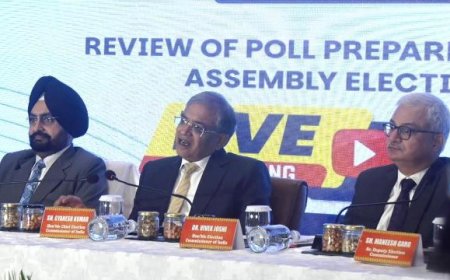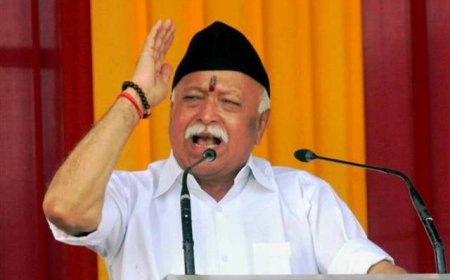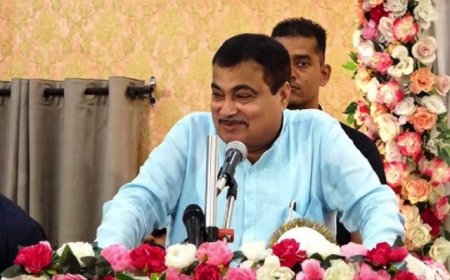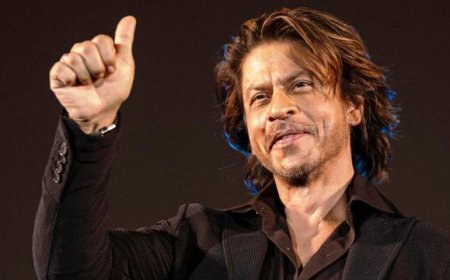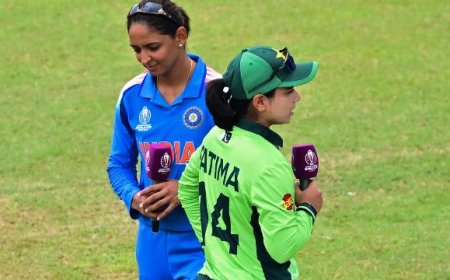China's changing food habits forced a shuttlecock crisis
Since shuttlecock feathers are a byproduct of poultry processing, mostly duck feathers for regular shuttles and goose feathers for elite ones, the supply chain has taken a massive hit.

The badminton world is in the middle of an unexpected crisis, a severe shortage of feather shuttlecocks. Across the globe, national associations are finding it increasingly difficult to acquire quality shuttles for their players. Those who have managed to get their hands on them are paying much higher than the usual rates.
Sources have told India Today that the Pullela Gopichand Academy in Hyderabad — home to some of India’s finest players — has less than two weeks of shuttlecock reserves. In Europe, countries like France have raised similar concerns, with some even considering switching to alternatives in junior-level competitions.
The crisis is serious enough to shake the very foundation of the sport. It’s simple: no shuttles, no game. Secretary of the Badminton Association of India (BAI), Sanjay Mishra, confirmed that the shortage is real, and surprisingly, it has its roots in China’s changing food preferences.
The world’s most populous country is seeing a significant shift in dietary habits. The Chinese population is now favouring pork over what used to be traditional delicacies — duck and goose. This shift has led to a sharp drop in duck and goose consumption, and in turn, fewer birds are being reared by farmers.
Since shuttlecock feathers are a byproduct of poultry processing, mostly duck feathers for regular shuttles and goose feathers for elite ones, the supply chain has taken a massive hit.
“Goose feathers are what the best shuttles are made of,” Mishra explained. “Yonex is based in Japan, but their entire shuttle manufacturing happens in China. And people in China have reduced eating goose and duck — that’s why the manufacturers are not getting any feathers.” It takes 16 feathers to make a single shuttlecock, and the issue is compounded by the fact that they wear out quickly. A standard singles match might use up nearly two dozen shuttles.
The impact isn’t limited to India. Mishra said the issue is affecting countries like France, Denmark, and others across Europe. “I spoke to Yonex representatives a couple of days back. They said they would send the next lot after August 20,” he said. “But they also said that they simply can’t keep up with the demand anymore.”
Mishra revealed that the Badminton Association of India has already taken up the matter with the Badminton World Federation (BWF), asking them to explore alternatives.
However, as of now, there is no immediate way out. Shuttles are going to get rarer and more expensive. While the search for alternatives continues, associations, players, and manufacturers are left hoping that a solution arrives before the sport reaches a breaking point.
What's Your Reaction?











